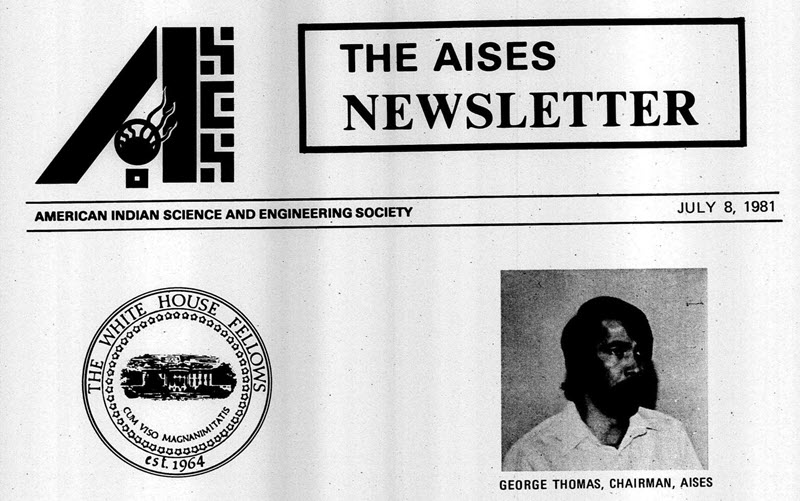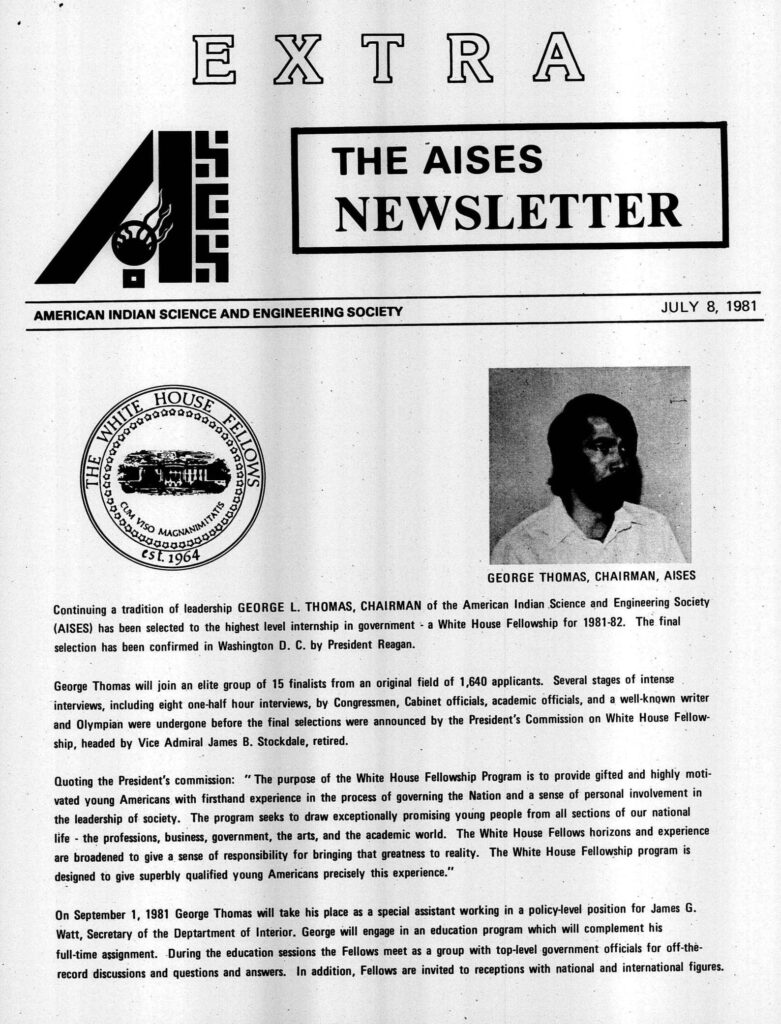| By Gale Staff |
A diverse student body strengthens the overall college community. Emphasizing different cultures and perspectives on campus helps students become more curious, empathetic adults and promotes inclusivity for members of often underrepresented populations. For these valuable reasons, college libraries can develop programming for, and share resources about, First Nations individuals for Indigenous Peoples’ Day this October.
In 1937, President Franklin D. Roosevelt announced the second Monday of October each year as Columbus Day. The holiday was initially a way to honor Christopher Columbus, incite patriotism, and enjoy a long weekend between the summer season and winter holidays. However, Columbus Day has since become a topic of controversy and historical inaccuracy.
On October 9, in lieu of recognizing Columbus Day, your college library can raise awareness for Indigenous Peoples’ Day. Using the primary source materials housed in Gale’s Indigenous Peoples of North America collections, your students can discover a comprehensive and personal collection representing First Nations experiences. This fall, find ways to raise awareness for these voices and elevate Indigenous Peoples’ Day causes.
Consider New Historical Perspectives
In Indigenous Peoples of North America, researchers will find newspaper articles, government reports, personal letters, meeting minutes, congressional testimonies, newsletters, editorial pieces, and dozens of other artifacts related to Indigenous Peoples. Users will find more than one or two perspectives when analyzing a topic, but will learn about a subject through many different lenses. In addition to the traditional colonizer viewpoint, this collection notably includes documents from Indigenous organizations and tribal publications. The database provides an unbiased yet thorough anthology, allowing readers to think critically about these complicated historical issues.
Recognize Contributions from Indigenous Leaders
Despite their unequal representation, Indigenous People hold important positions and contribute significantly to modern society. For the holiday, highlight information on lesser-known, distinguished Indigenous figures. First Nations people served in the U.S. military, filled public office, and contributed to research and science. Throughout history, these people adapted to the language and customs of white settlers to survive. Despite adversity, they changed history forever. However, their true stories are rarely told in detail; instead, we learn their biography through the eyes of the majority.
Find unique primary sources to further your research on such individuals. For example, in 1889, Susan La Flesche Picotte graduated from the Woman’s Medical College of Pennsylvania, becoming the first U.S. Native American woman to earn a medical degree. She even opened an independent hospital for Indigenous Peoples on tribal land. Researchers can see periodical resources reflecting on her early twentieth-century work. Another fascinating figure to explore is Ira Hayes, a member of the Pima tribe and a World War II hero. He was one of the men who raised the U.S. flag during the infamous Battle of Iwo Jima; the moment was captured on camera and became an iconic image of the war. Discover historical newspaper articles that illustrate the more intimate details of his life.
Find Ways to Pay Respect to Indigenous Peoples
Beyond guiding students to Gale’s Indigenous Peoples of North America collections, you might use your academic spaces to celebrate Indigenous Peoples’ Day further.
Acknowledge the Indigenous land your campus inhabits
Native and non-native peoples can share a land-acknowledgment statement before important ceremonies, academic lectures, or library events. These remarks recognize the Indigenous communities, who were the original inhabitants of the land on which the campus now resides. If your college doesn’t have formal recognition for its native territorial history, you might research and create one for your community.
Host a speaker
Contact a local Native American cultural center or the National Speakers Bureau to invite a speaker to campus. Create a public platform for those with Indigenous heritage to share their perspectives and stories.
Take Action
Historically and today, thousands of K-12 schools and some college campuses have employed offensive Native American iconography and language in their athletics programs. Without careful and intentional reflection and tribal permission, Native American mascots can harm Indigenous students; the mascots may perpetuate negative stereotypes and promote disrespect. Diligently vet your school’s brand, logos, and chants; if there is a chance that these trademarks could offend a minority population, speak up.
Display books by Indigenous authors
In an effort to raise awareness for Indigenous voices, create a display of titles from popular Indigenous authors. Billy-Ray Belcourt, Ernestine Hayes, and Diane Wilson are a few such accomplished writers with Indigenous heritage, but there are many more from which to choose.
Introduce and celebrate new perspectives and help create a more inclusive campus. With Gale’s collections, librarians and their patrons can approach the history of colonization through a more perceptive and sensitive lens. This October, let Indigenous Peoples’ Day spark curiosity and positive change in your library. If your institution isn’t a Gale subscriber, contact your local representative to learn more about the Indigenous Peoples of North America collections. For additional information and holiday history, access the Indigenous Peoples’ Day page on NationalToday.com.


